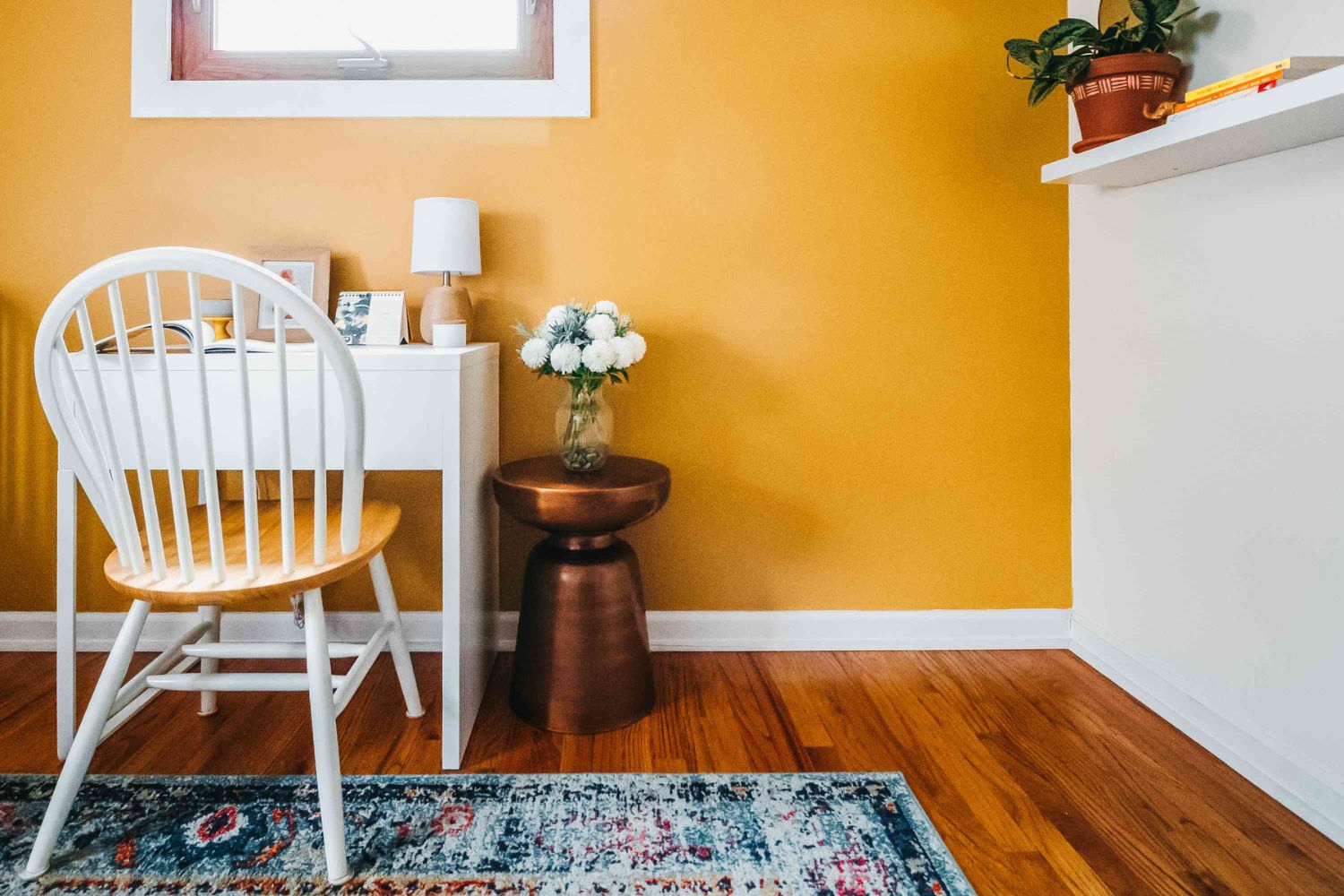

Articles
What Is The Best Color For Interior Walls
Modified: January 19, 2024
Discover the best color for your interior walls with our informative articles. Get expert advice and inspiration for creating a stylish and harmonious living space.
(Many of the links in this article redirect to a specific reviewed product. Your purchase of these products through affiliate links helps to generate commission for Storables.com, at no extra cost. Learn more)
Introduction
Choosing the right color for your interior walls is a crucial decision when it comes to creating a harmonious and aesthetically pleasing living space. The color you choose can have a significant impact on the overall ambiance and mood of your home. Whether you’re looking to create a cozy and warm atmosphere or a bright and energetic one, the color of your walls plays a key role in achieving the desired effect.
Not only does the color of your walls set the tone for your home, but it also has the power to influence your emotions and perception of space. Different colors have different psychological effects, and understanding this can help you create spaces that are visually appealing and conducive to your desired mood. From calming blues to vibrant yellows, each color has its own unique characteristics and can evoke specific feelings.
When selecting the best color for your interior walls, it is essential to consider various factors such as the size of the room, the amount of natural light, the existing decor, and your personal preferences. These factors will guide you in choosing a color that enhances the overall aesthetic of your space and complements the furniture and accessories.
This article will explore the importance of choosing the right color for interior walls and provide you with valuable insights on how to determine the best color for your living space. We will also discuss popular color options for interior walls and the psychological effects of different colors. Additionally, you’ll find helpful tips for applying and maintaining interior wall colors to ensure a long-lasting and visually appealing result.
By the end of this article, you’ll have a better understanding of the impact of colors on your living environment and be equipped with the knowledge to select the perfect color for your interior walls.
Key Takeaways:
- Choosing the right color for interior walls is crucial, impacting mood, ambiance, and perceived space. Consider factors like room size, lighting, and personal preference to create a harmonious and visually appealing living environment.
- Understanding the psychological effects of different colors can help create spaces that evoke desired emotions. Experiment with popular color options and trust your instincts to transform your living space into a vibrant and personalized sanctuary.
Read more: What Nap For Interior Walls
The Importance of Choosing the Right Color for Interior Walls
When it comes to interior design, the color of your walls can make or break the overall look and feel of a room. Colors have the power to create a specific atmosphere, affect our emotions, and even influence our behavior. Therefore, selecting the right color for your interior walls is crucial to creating a space that is visually appealing, comfortable, and reflective of your personal style.
One of the main reasons why choosing the right color for your interior walls is important is because it sets the tone and ambiance of the space. Different colors have different psychological effects on individuals, and by understanding how colors can impact our mood and perception, we can create rooms that elicit the desired emotions.
For example, if you want to create a calming and peaceful environment in your bedroom, colors like soft blues, greens, and neutrals are believed to promote relaxation and restful sleep. On the other hand, if you’re aiming for a vibrant and energetic atmosphere in your living room or home office, bold colors like reds, yellows, and oranges can stimulate creativity and productivity.
In addition to influencing mood and ambiance, the right color choice for your interior walls can also affect the perceived size and layout of a room. Lighter colors, such as whites and pastels, tend to make a space feel more open and spacious, while darker colors, like deep blues or grays, can create a sense of intimacy and coziness in larger rooms.
Another important aspect to consider when choosing interior wall colors is how it complements the existing decor and furnishings in the room. The color of your walls should harmonize with the furniture, flooring, and accessories to create a cohesive and visually appealing space. By selecting the right color palette, you can enhance the overall aesthetic and make a striking impression.
Additionally, the right color choice can also add value to your home. If you’re planning to sell or rent out your property in the future, a well-chosen color scheme can make a significant difference in attracting potential buyers or tenants. Neutral colors are generally safe choices that appeal to a wide range of tastes and are more likely to have mass appeal.
Overall, the importance of choosing the right color for your interior walls cannot be overstated. It can transform a dull and uninspiring room into a vibrant and welcoming space. The right color can create harmony, evoke emotions, and enhance the overall aesthetic of a room, making it a reflection of your personality and style. So, take the time to explore different color options, consider the mood you want to create, and experiment until you find the perfect hue for your interior walls.
Factors to Consider When Choosing Interior Wall Colors
Choosing the perfect color for your interior walls can be overwhelming with the endless options available. However, by considering a few key factors, you can narrow down the choices and find the color that best suits your space and personal preferences. Here are some important factors to consider when selecting interior wall colors:
- Room Size: The size of the room plays a crucial role in the color selection process. Generally, lighter colors can make a small room appear larger and more spacious, while darker colors may make a large room feel cozier and intimate. Consider the dimensions of the space and choose colors that will enhance the overall perception of size and proportion.
- Natural Lighting: The amount of natural light that enters the room is another crucial factor to consider. Rooms with plenty of natural light can handle a wider range of colors, including muted or bold shades. On the other hand, rooms with limited natural light may benefit from lighter or warmer colors to create a brighter and more inviting atmosphere.
- Furniture and Decor: Take into account the color and style of the furniture and decor in the room. The wall color should complement and enhance the existing elements in the space. Consider the dominant colors in the room and choose a wall color that harmonizes with them. You can opt for complementary colors for a more vibrant look or monochromatic colors for a more cohesive and calming effect.
- Function of the Room: The purpose of the room should also influence your color choice. Different colors can evoke different moods and emotions. For example, warm colors like red and yellow are often associated with energy and stimulation, making them suitable for lively areas such as the kitchen or dining room. However, these colors may not be as suitable for a bedroom where relaxation and tranquility are desired.
- Personal Preference: Ultimately, your personal taste and preference should guide your choice of interior wall colors. Consider colors that you are naturally drawn to and that make you feel comfortable and happy. Experiment with swatches or paint samples to see how the colors look in your space and how they make you feel.
By taking these factors into account, you can make a more informed decision when selecting interior wall colors. Remember, there are no strict rules when it comes to color choices. It’s all about creating a space that reflects your personality, suits your needs, and creates a visually appealing and harmonious environment. So have fun, be creative, and don’t be afraid to take some risks!
Popular Color Options for Interior Walls
When it comes to choosing color options for your interior walls, there is an endless array of possibilities. The right color can transform a room, create a specific mood, and enhance the overall aesthetic of your space. Here are some popular color options for interior walls that you can consider:
- Neutral Tones: Neutral colors like whites, beiges, grays, and taupes are timeless and versatile choices for interior walls. They provide a clean and sophisticated backdrop for any style of decor and allow you to incorporate pops of color through furniture and accessories. Neutrals are also great for creating a sense of calm and serenity in a space.
- Cool Blues: Cool blue shades such as sky blue, powder blue, and aqua can create a soothing and peaceful ambiance in a room. These shades are known to promote relaxation and tranquility, making them ideal for bedrooms, bathrooms, or any space where you want to unwind and destress.
- Warm Yellows and Oranges: Warm hues like yellows and oranges can add warmth and energy to a room. They create a cozy and inviting atmosphere, making them popular choices for living rooms, kitchens, and dining areas. Yellow can also induce a sense of happiness and positivity, making it a great option for spaces where you want to uplift the mood.
- Elegant Greens: Green is a versatile color that can work well in various rooms. Light hues like mint green or sage green can create a fresh and serene environment in bedrooms or bathrooms. For a bolder look, deep shades like emerald or forest green can add a touch of elegance and sophistication to living rooms or home offices.
- Classic Grays: Gray is a timeless and popular choice for interior walls. It comes in a range of shades, from light gray to charcoal, and can create a modern and sophisticated look. Gray walls serve as a beautiful backdrop for both neutral and bold-colored furniture, allowing them to stand out and make a statement in the room.
- Bold Accent Colors: If you’re looking to make a statement, consider using bold accent colors on a feature wall. Shades like deep red, vibrant turquoise, or rich purple can add drama and personality to a room. This technique works well in living rooms, entryways, or any space where you want to create a focal point.
Remember, these are just some popular color options, and the right choice will depend on your personal taste, the style of your home, and the atmosphere you want to create. It’s always a good idea to test out colors with paint swatches or samples to see how they look in your space. Don’t be afraid to experiment and find the perfect color that reflects your individual style and enhances the overall aesthetic of your home.
When choosing a color for interior walls, consider the mood you want to create. Warm tones like beige and light brown can make a room feel cozy, while cool tones like blue and green can create a calming atmosphere. Experiment with paint samples to find the perfect color for your space.
The Psychological Effects of Different Colors on Interior Walls
Colors have a profound impact on our psychology and can evoke specific emotions and moods. When choosing interior wall colors, it is important to consider the psychological effects they can have on us and the overall atmosphere they create in a room. Here are some common colors and the psychological effects they are known to elicit:
- Blue: Blue is often associated with calmness, relaxation, and tranquility. Lighter shades can create a sense of serenity, making them an excellent choice for bedrooms and bathrooms. Deeper shades of blue can evoke a sense of security and stability, making them suitable for living rooms and home offices.
- Yellow: Yellow is a vibrant and joyful color that can promote feelings of happiness, optimism, and energy. It is often associated with sunlight and warmth. Yellow is an excellent choice for kitchens, dining rooms, and other spaces where you want to create a cheerful and welcoming atmosphere.
- Green: Green represents nature and is known for its calming and refreshing qualities. This color can create a sense of harmony and balance in a room. Lighter shades of green can evoke feelings of relaxation and renewal, making them ideal for bedrooms and living rooms.
- Red: Red is a bold and intense color that can stimulate energy, passion, and excitement. It is often associated with power and can grab attention in a room. Red is suitable for spaces where you want to create a sense of vibrancy and drama, such as dining rooms or entertainment areas.
- Orange: Orange is a warm and energetic color that combines the vibrancy of red and the cheerfulness of yellow. It can create a lively and welcoming atmosphere. Orange is often used in spaces where social interaction and creativity are encouraged, such as living rooms, playrooms, or home offices.
- Purple: Purple is a color that represents luxury, creativity, and spirituality. It has a calming effect and can promote introspection and relaxation. Lighter shades of purple can create a soothing environment, while deeper shades can add a touch of elegance and sophistication to a room. Purple is commonly used in bedrooms, meditation areas, or creative spaces.
It’s important to note that individual perceptions of color can vary, and cultural and personal experiences can influence our reactions to different colors. It’s best to consider your own preferences and the specific mood you want to create in a room when choosing interior wall colors. Experiment with different shades and combinations to achieve the desired effect and to reflect your personal style.
By understanding the psychological effects of different colors, you can create a space that not only looks visually appealing but also promotes the emotions and mood you desire. The right color choice can contribute to a harmonious and inviting environment that enhances your overall well-being and enjoyment of your living space.
Read more: What Are Interior Walls Made Of
How to Determine the Best Color for Your Interior Walls
Choosing the best color for your interior walls can seem like a daunting task, but with a considered approach, you can make an informed decision that will enhance your space. Here are a few steps to help you determine the best color for your interior walls:
- Consider Your Overall Vision: Start by envisioning the overall look and feel you want to create in your space. Think about the mood you want to evoke, whether it’s calming and serene or vibrant and energetic. This will guide you in choosing a color palette that aligns with your vision.
- Assess the Lighting: Take note of the lighting conditions in your space. Natural light will change throughout the day, so observe how it affects the colors in the room. Rooms with ample natural light can handle a wider range of colors, while darker spaces may require lighter hues to brighten them up.
- Consider the Room’s Purpose: Think about the function of the room and how you want it to feel. Bedrooms often benefit from calm and soothing colors, while kitchens and living areas can accommodate brighter and more energetic hues. Consider the activities that will take place in the room and let that inform your color choice.
- Take Inspiration from your Furniture and Decor: Look at the existing furniture and decor pieces in the room. Take note of the colors and patterns present and consider how different wall colors will complement or contrast them. Pull inspiration from a favorite piece of artwork or a cherished item to guide your color selection.
- Sample the Colors: Before committing to a color, it is essential to sample it in your space. Most paint suppliers offer small sample pots that you can apply to a section of the wall. Observe how the color looks in different lighting conditions and at different times of the day. This will help you make an informed decision and avoid any surprises.
- Consider the Flow: If you have an open floor plan or rooms that flow into each other, consider how the colors will transition. Aim for a harmonious color scheme or choose complementary colors that create a pleasing visual flow between the spaces.
- Trust Your Gut: Ultimately, trust your own instincts and personal preferences. The best color for your interior walls is one that you feel a connection to and that resonates with you. Don’t be afraid to experiment and step outside of your comfort zone to find an unexpected color that brings you joy and reflects your unique style.
By following these steps and considering these factors, you can determine the best color for your interior walls. Remember, the color you choose should create a space that you love and enjoy spending time in. Take your time, gather inspiration, and trust your intuition to create a beautiful and personalized living environment.
Tips for Applying and Maintaining Interior Wall Colors
Congratulations on selecting the perfect color for your interior walls! Now it’s time to apply and maintain that color to ensure a long-lasting and visually appealing result. Here are some tips to guide you through the process:
- Preparation is Key: Before you start painting, make sure the walls are properly prepared. Clean the surface thoroughly and patch any holes or cracks. Sand the walls to create a smooth surface, and apply a primer if necessary. Proper preparation will ensure that the paint adheres well and provides an even finish.
- Use High-Quality Paint and Tools: Invest in high-quality paint and painting tools to achieve the best results. Quality paint often requires fewer coats, provides better coverage, and is more durable. Good brushes and rollers will also help you achieve a smoother and more even application.
- Test the Color: Before painting the entire room, test the color in a small, inconspicuous area to ensure that you are happy with the shade and how it looks in your space. This is particularly important if you have chosen a bold or intense color.
- Apply Multiple Coats: In most cases, you will need to apply at least two coats of paint for optimal coverage and color richness. Allow the first coat to dry completely before applying the second coat. Follow the manufacturer’s instructions for drying times.
- Use Proper Technique: When applying the paint, use smooth and even strokes. Start from the top of the wall and work your way down for a seamless finish. Take your time and ensure that each section is evenly covered.
- Protect Surrounding Surfaces: Use painter’s tape or masking tape to protect the trim, baseboards, and any other surfaces that should not be painted. Take your time when applying the tape to ensure clean lines.
- Allow for Proper Drying Time: Allow the paint to dry completely before moving or placing furniture back against the walls. This will help prevent any smudges or damage to the freshly painted surface.
- Maintain the Walls: To keep your interior walls looking their best, take proper care of them. Regularly dust the walls to remove any dirt or debris. Avoid using harsh chemicals or abrasive cleaners, as they can damage the paint. Instead, use a mild soap and water solution for cleaning. In high-traffic areas, it may be necessary to touch up the paint periodically to keep the walls looking fresh.
- Consider Touch-Up Kits: Many paint manufacturers offer touch-up kits that match their specific paint colors. These kits can be useful for repairing small chips or blemishes that may occur over time.
- Be Mindful of Color Fading: Keep in mind that certain colors, especially those exposed to direct sunlight, may fade over time. Consider using curtains or blinds to protect your walls from excessive sunlight and prevent color fading.
By following these tips, you can ensure a successful application and long-lasting maintenance of your interior wall colors. Remember to take your time, be patient, and pay attention to detail. With proper preparation and care, your walls will remain vibrant and beautiful for years to come!
Conclusion
Choosing the right color for your interior walls is a crucial decision that can greatly impact the overall look and feel of your living space. The color you select sets the tone, influences emotions, and creates a specific ambiance. By considering various factors such as room size, natural lighting, existing decor, and personal preferences, you can make an informed decision that aligns with your vision.
Popular color options for interior walls range from neutral tones to vibrant hues, each with its own psychological effects. Understanding the impact that colors have on our emotions and perceptions allows us to create spaces that are visually appealing and conducive to the desired mood. Whether you want to create a soothing sanctuary, a lively and energetic environment, or an elegant and sophisticated space, the right color choice can make all the difference.
When determining the best color for your interior walls, it is crucial to take into account factors such as room size, lighting conditions, furniture and decor, and the room’s purpose. By doing so, you can create a harmonious and visually pleasing space that reflects your personal style and enhances your well-being.
To successfully apply and maintain your chosen interior wall color, proper preparation, the use of high-quality paint and tools, and the application of multiple coats are important. Protecting surrounding surfaces, allowing for proper drying time, and maintaining the walls through regular cleaning and touch-ups will ensure that your walls remain vibrant for years to come.
Choosing the perfect color for your interior walls is a journey of self-expression and creativity. Trust your instincts, experiment with different shades, and enjoy the process of transforming your living space into a place that truly feels like home.
So, go forth and explore the vast world of colors, unleash your creativity, and create a living space that not only represents your individual style but also evokes the emotions and experiences you envision. Your interior walls are your canvas – paint them with colors that bring you joy and make your space truly extraordinary.
Frequently Asked Questions about What Is The Best Color For Interior Walls
Was this page helpful?
At Storables.com, we guarantee accurate and reliable information. Our content, validated by Expert Board Contributors, is crafted following stringent Editorial Policies. We're committed to providing you with well-researched, expert-backed insights for all your informational needs.

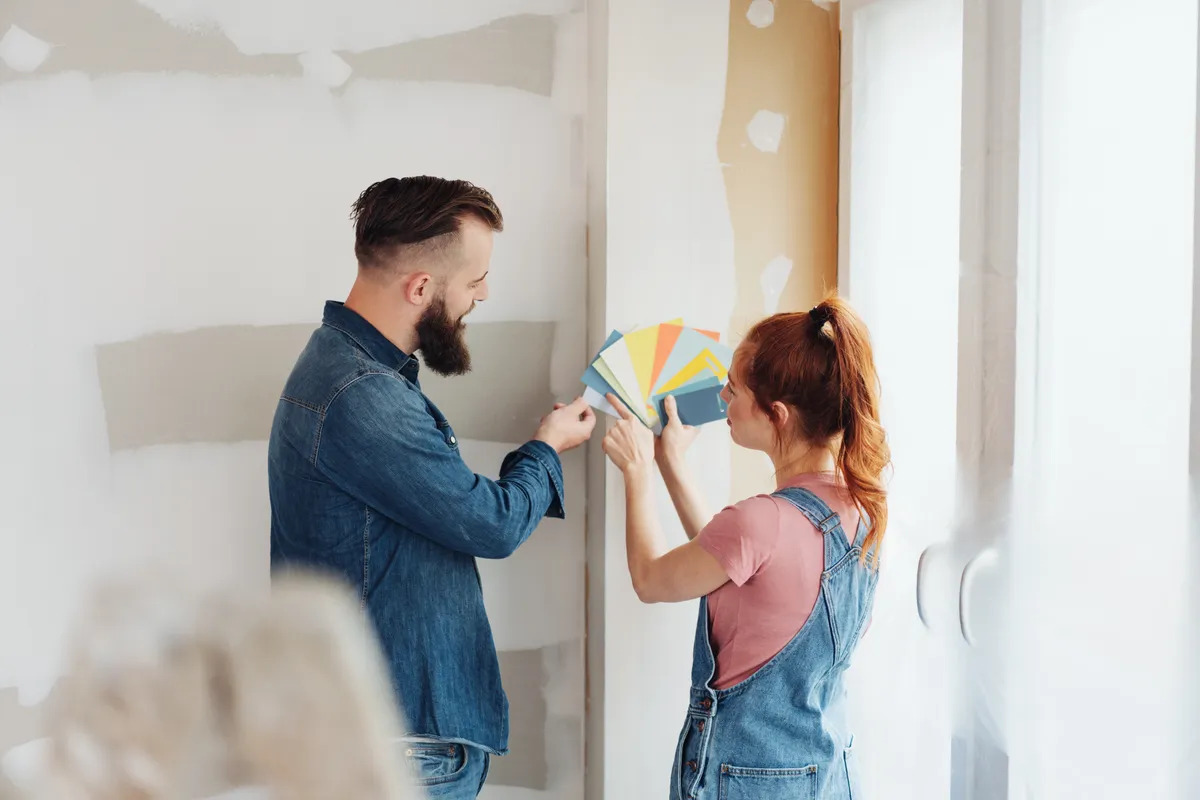
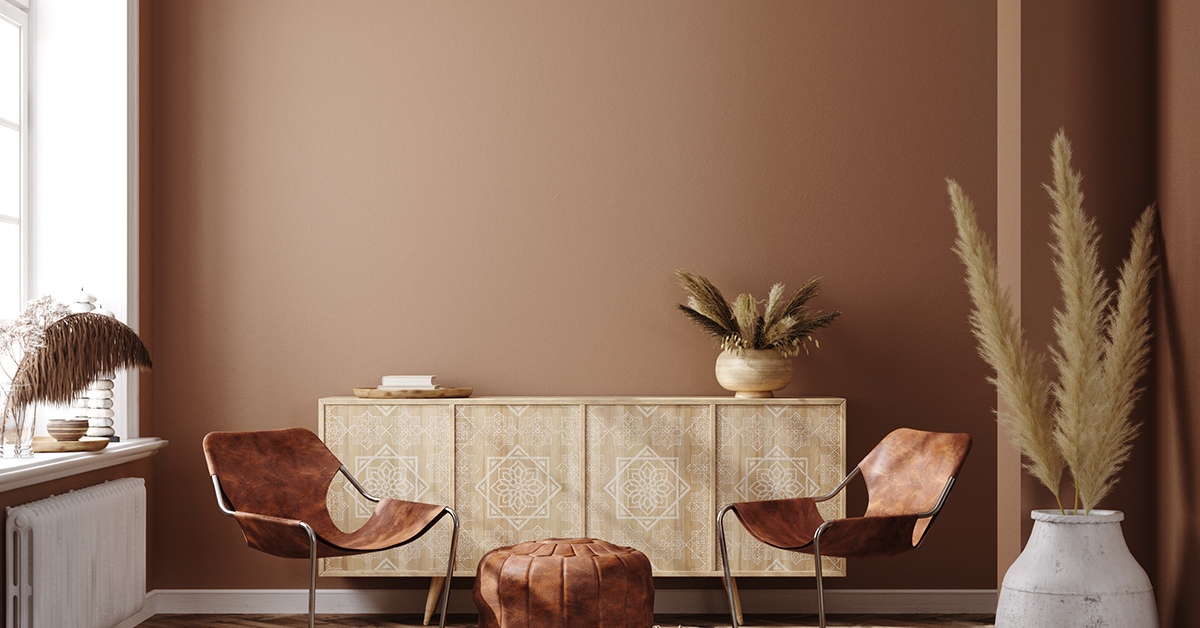
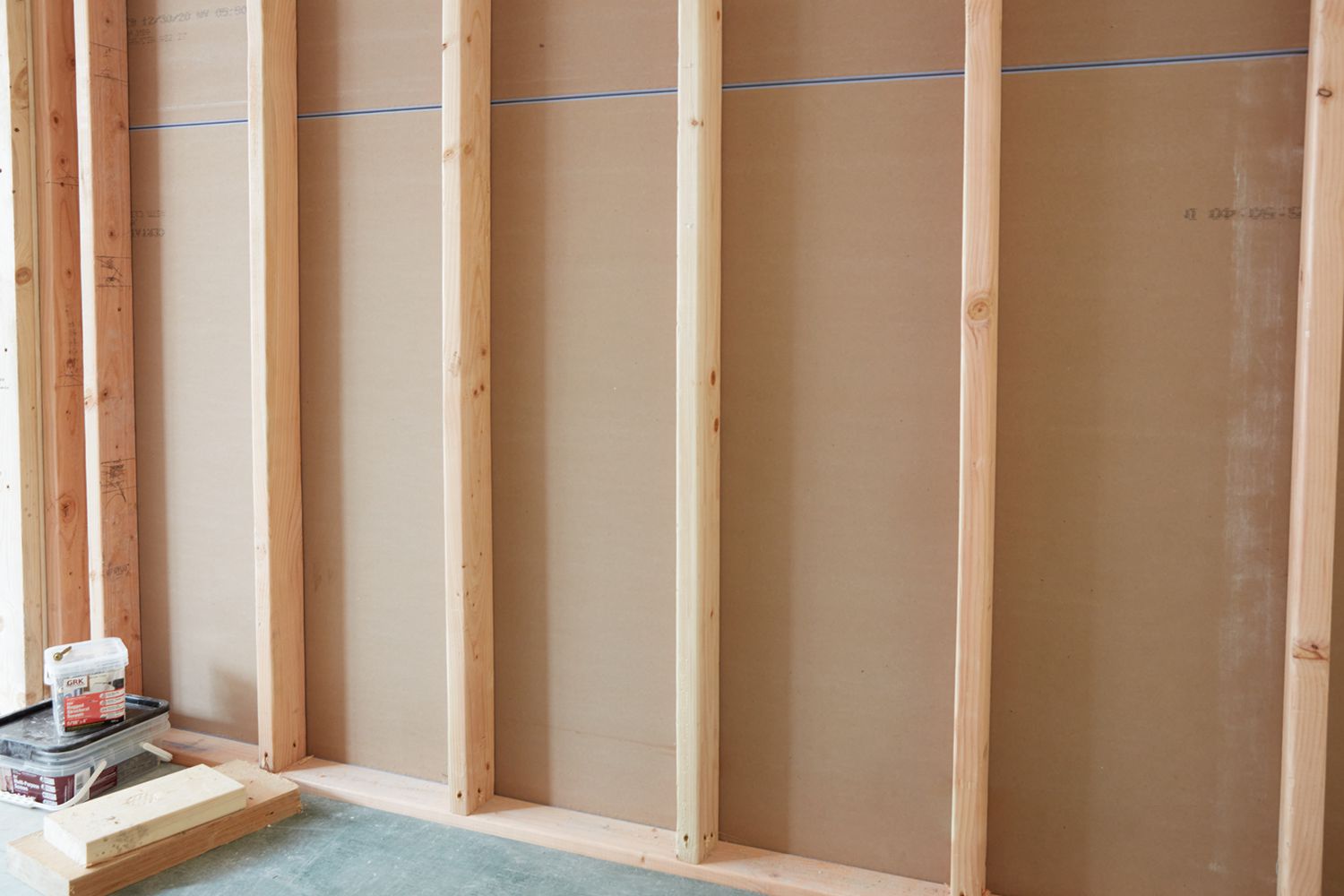
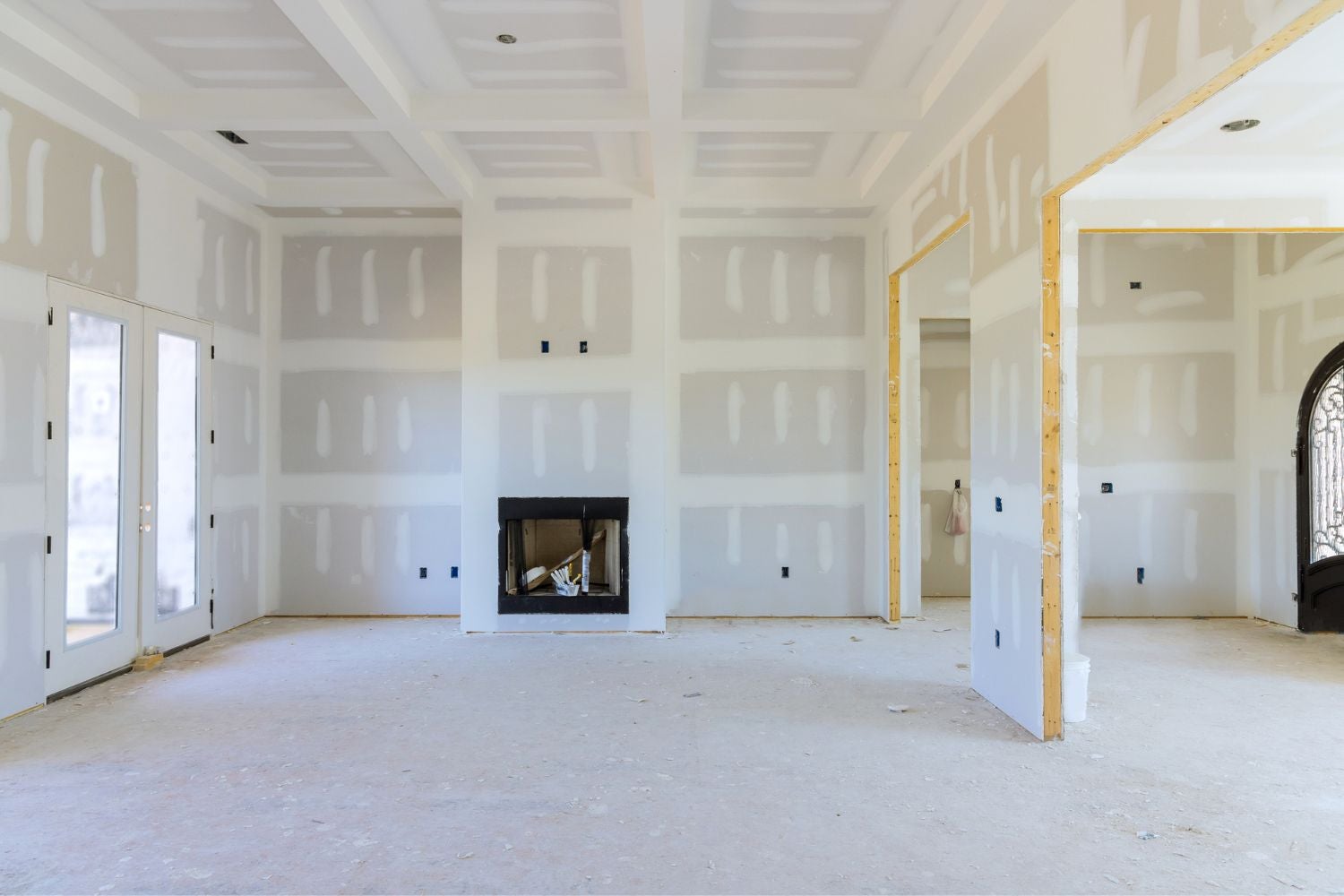
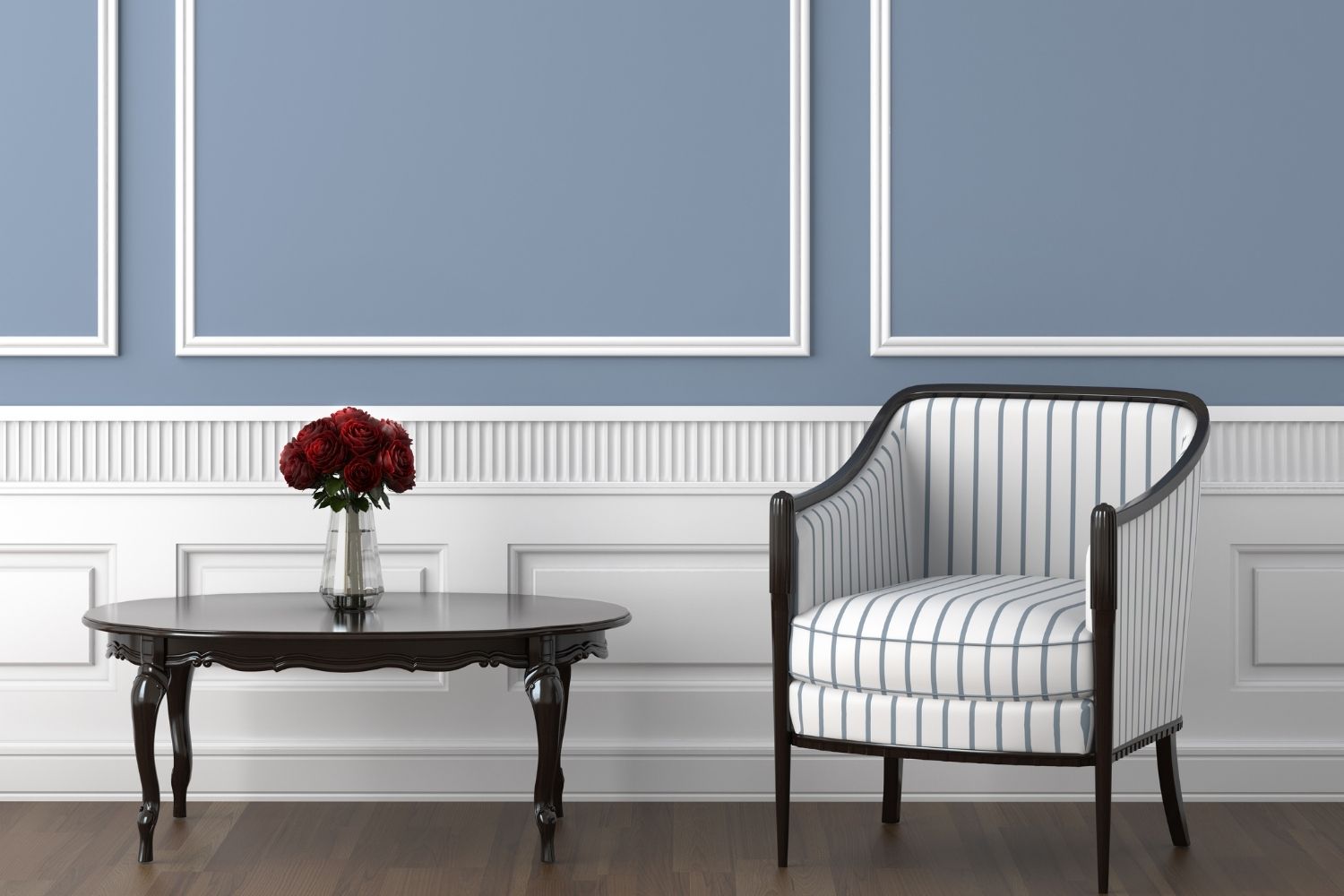
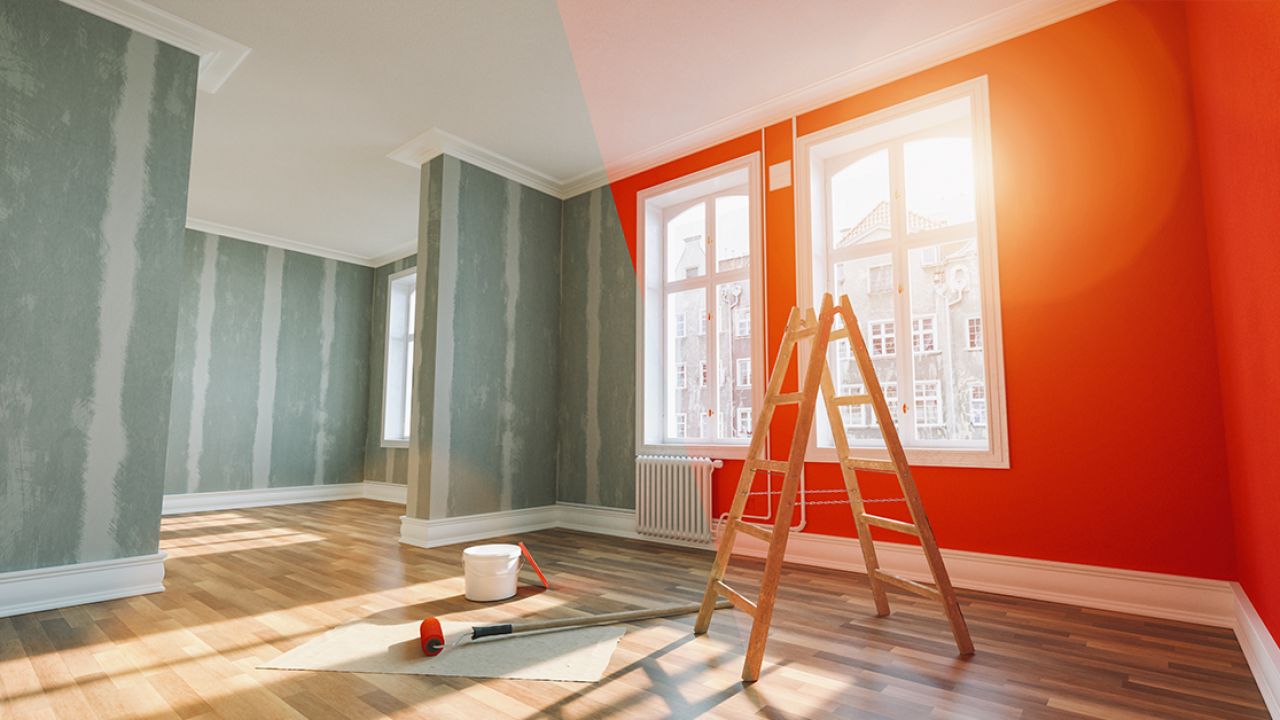
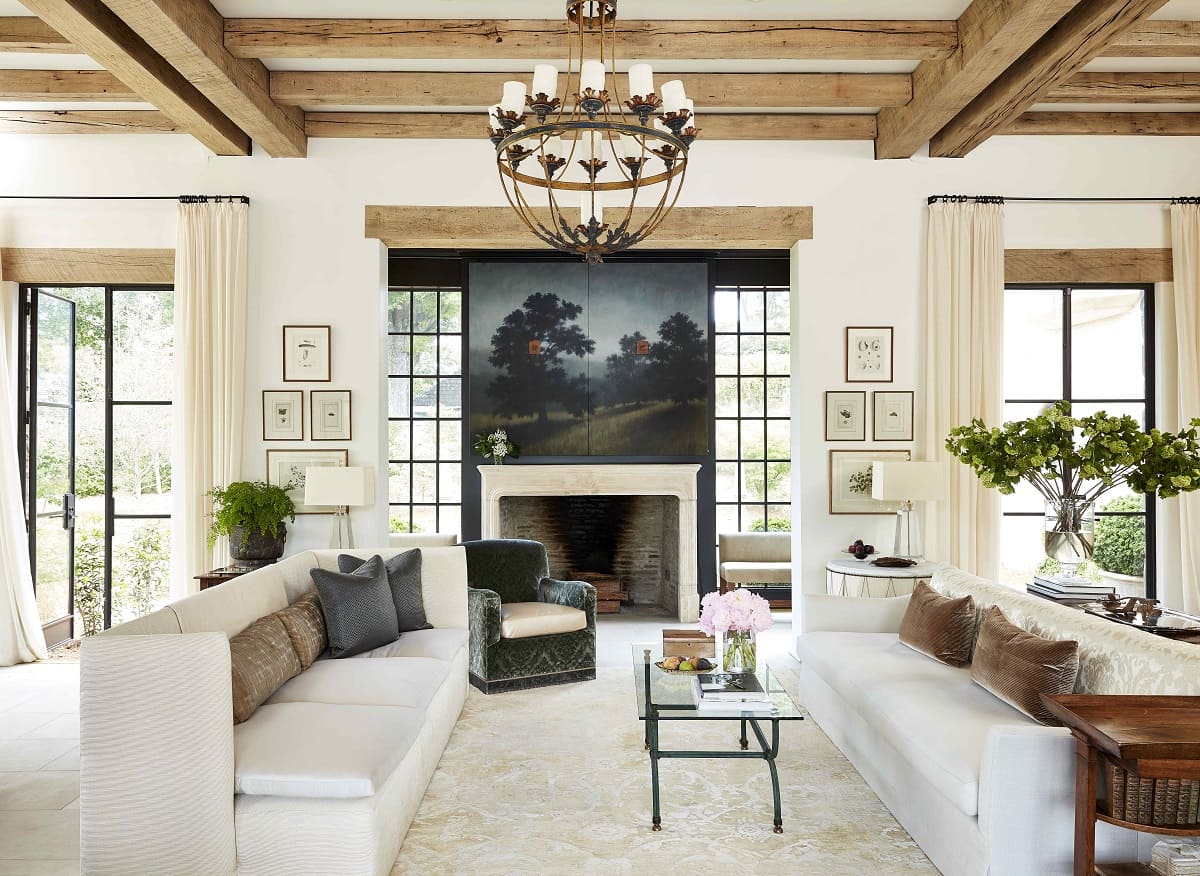
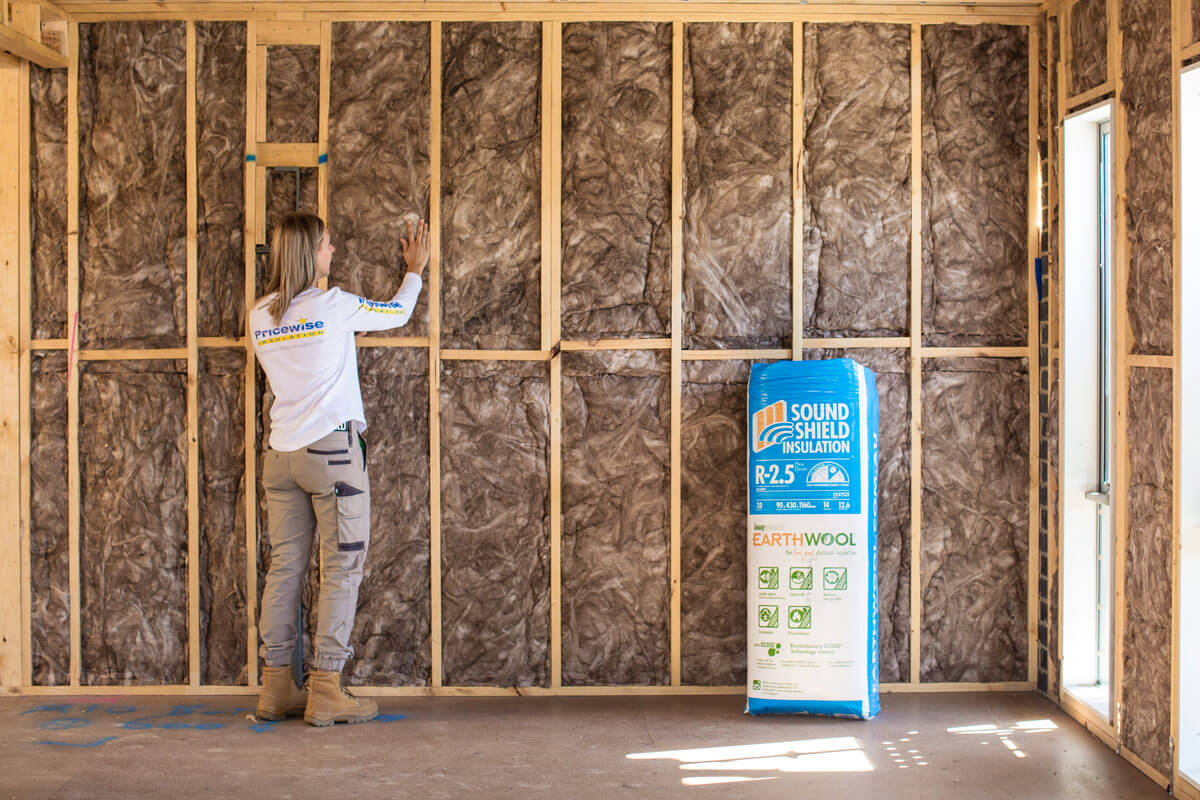
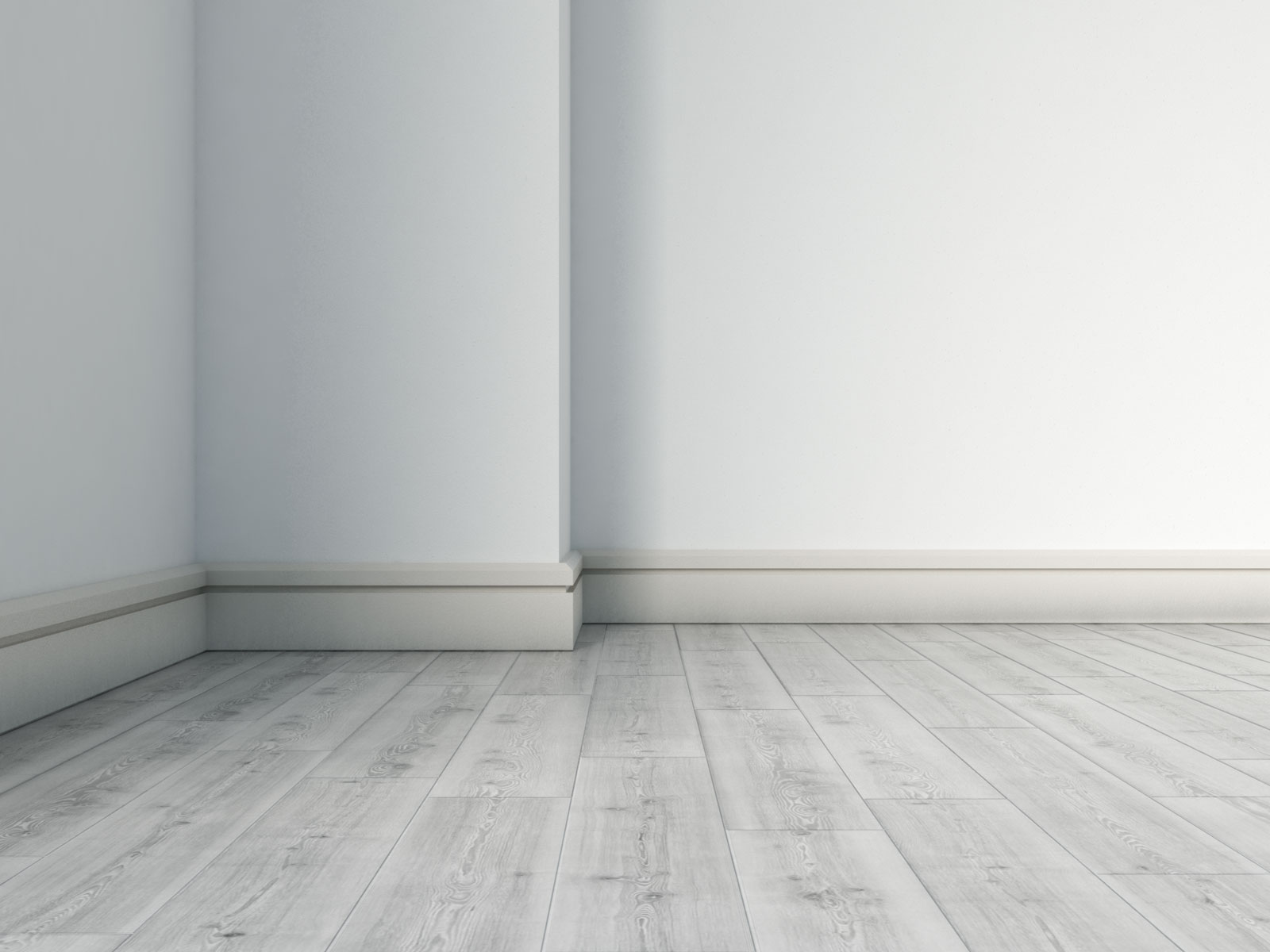
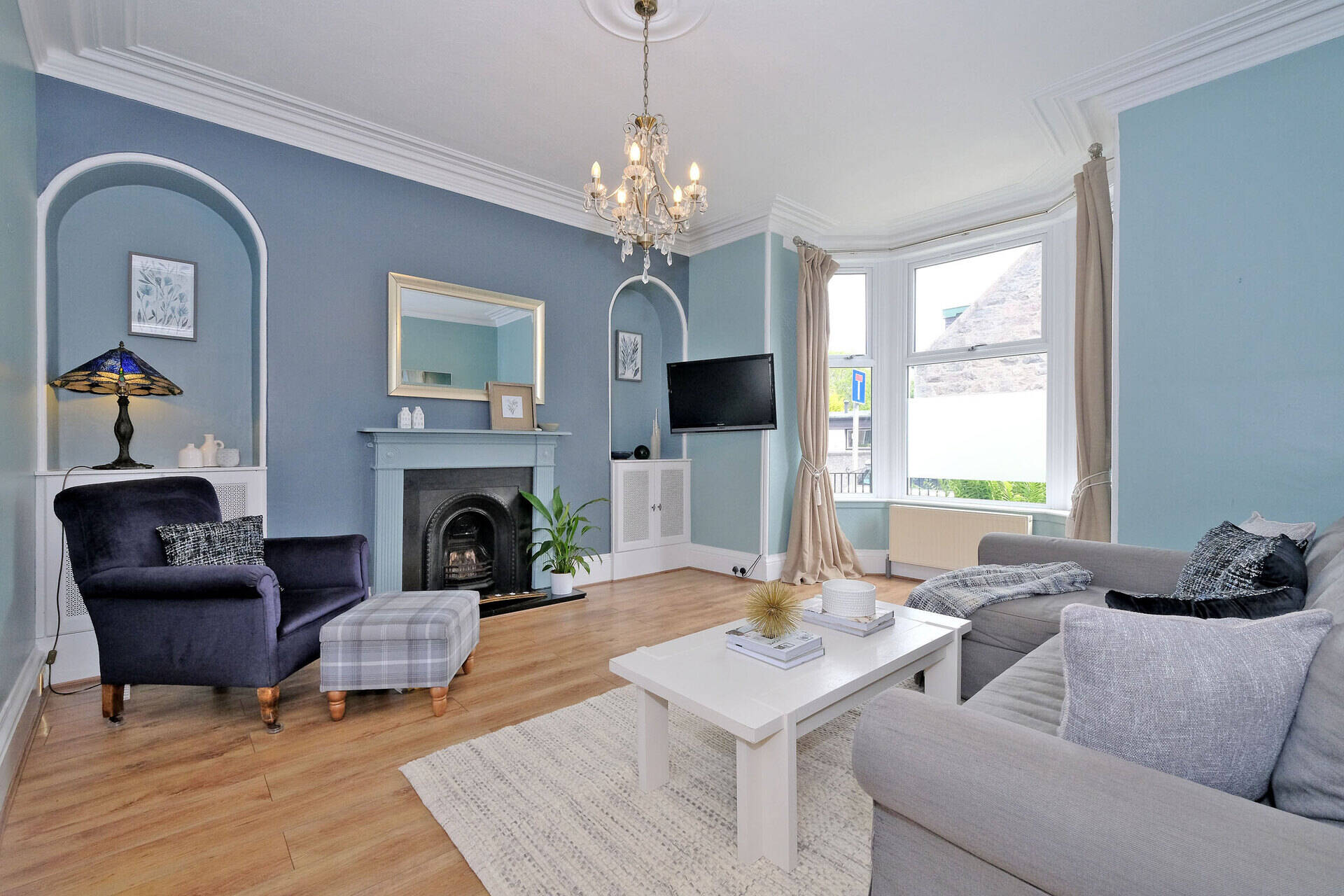
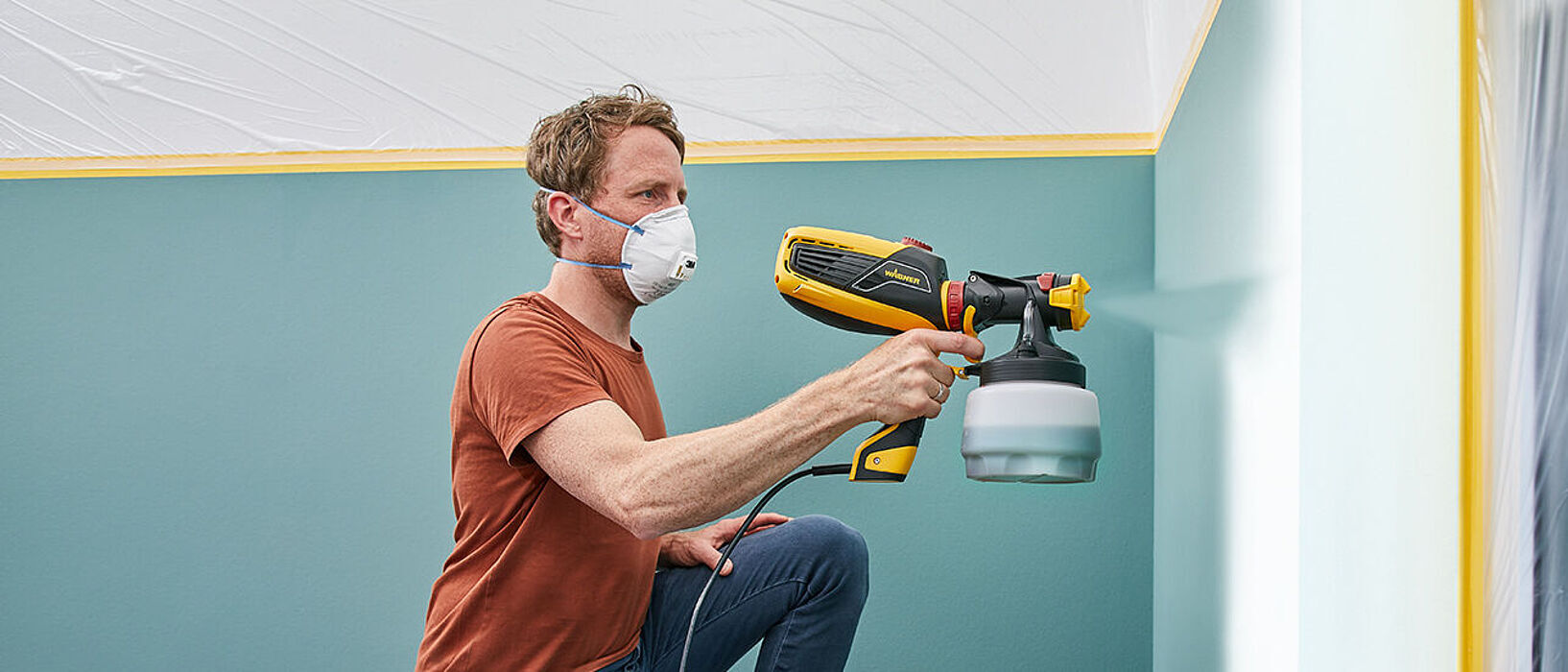
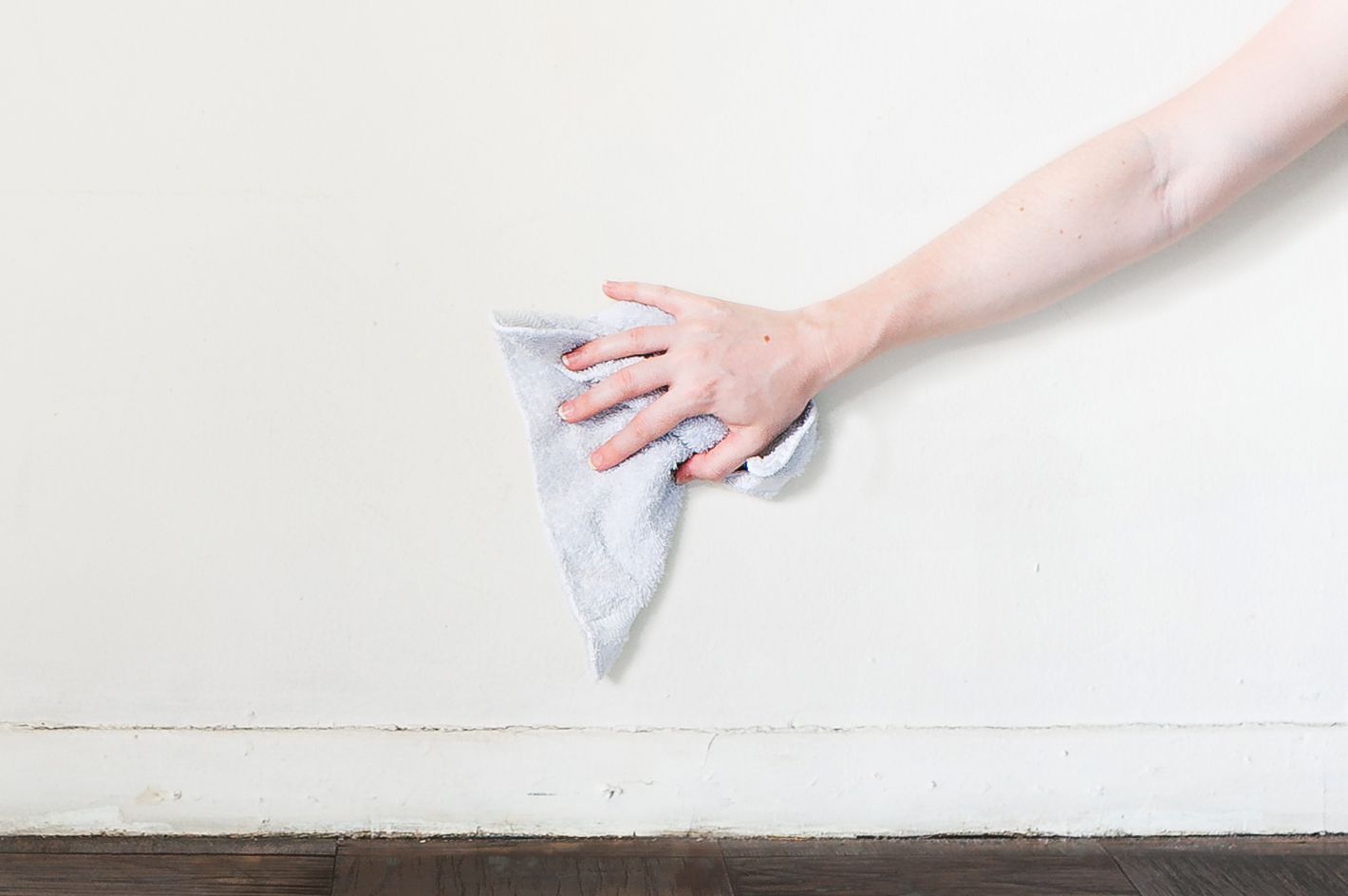
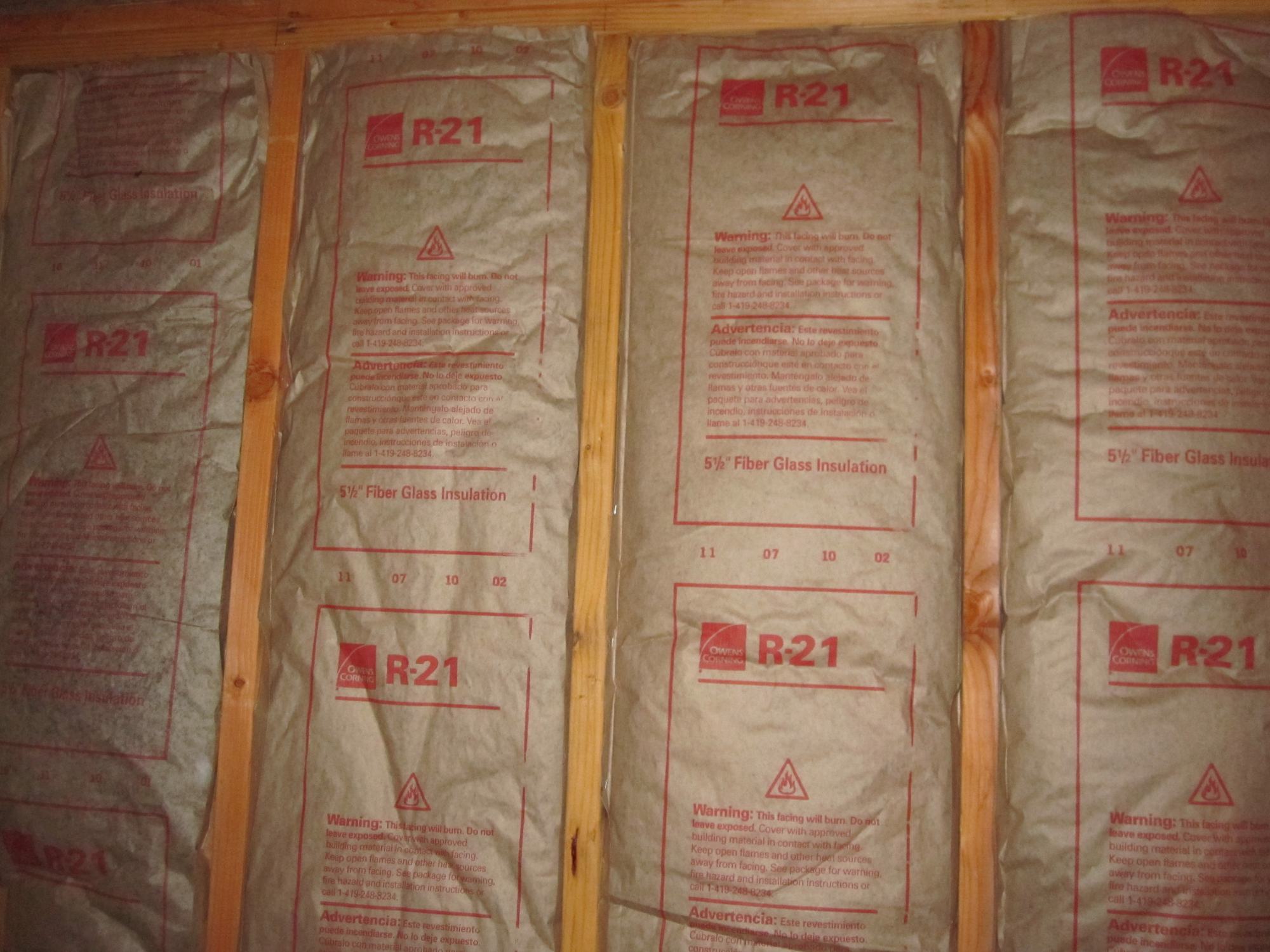

0 thoughts on “What Is The Best Color For Interior Walls”